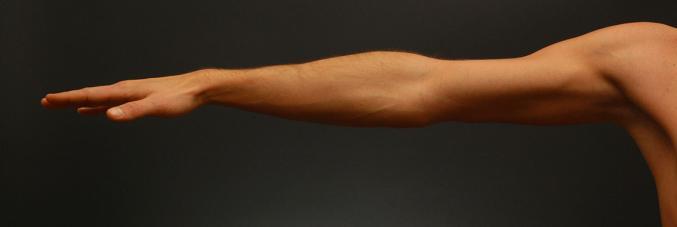
UniPD Part of a Team that Developes Innovative and Personalized Rehabilitation Sensors
05.08.2021
University research teams from La Sapienza of Rome and Padua (Department of Information Engineering), along with IRCCS Santa Lucia Foundation and BrainTrends have developed and proposed a low-cost and customizable electrode system for gesture recognition. The research, recently published in Scientific Reports, shows its application of the rehabilitation from neuromotor disease or injury.
Giulia Cisotto of the University of Padua Department of Information Engineering (DEI) explains, “Our studio has created a technological platform to monitor limb movement in a simple, flexible and reliable way. The work shows positive results both in the laboratory and in a less controlled environment, such as at home or in clinics. Applications include motor rehabilitation, telerehabilitation, human-computer interaction, and even gaming. Using a simple inkjet printer with conductive nanoparticle-based inks we created wearable sensor arrays measuring the signals produced by surface electromyography (sEMG). We then analyzed these signals using machine learning techniques that automatically recognizes different types of finger and hand movements. Our system allows us to produce the sensors directly in the clinic or at other sites equipped with simple commercial office equipment making it accessible for a layperson and professionals alike.
The research team, coordinated by Prof Viviana Betti of the Sapienza University of Rome, in collaboration with BrainTrends and the University of Padua, have developed low-cost sensors made with inks based on silver nanoparticles. This makes it easy to use as well as acquire and analyze surface electromyography signals with quick achievable results thanks to inkjet printing. The study was made possible in collaboration with the National Inter-University Consortium for Telecommunications of Rome (CNIT) and the Japanese National Center for Neurology and Psychiatry (NCNP).
Prof Viviana Betti explains, “We designed 8-channel matrices to measure muscle activity of the forearm using innovative silver nanoparticle-based inks to print the sensors directly embedded in each matrix. We use a commercial inkjet printer, then acquired the data from a multi-channel of 12 participants, as they repeatedly performed twelve standard finger movements, six extensions and six push-ups.
The new technology will help patients and healthcare professionals to improve clinical practices and support the rehabilitation phase from those suffering from neuromotor diseases or injuries with an increasingly personalized approach.



